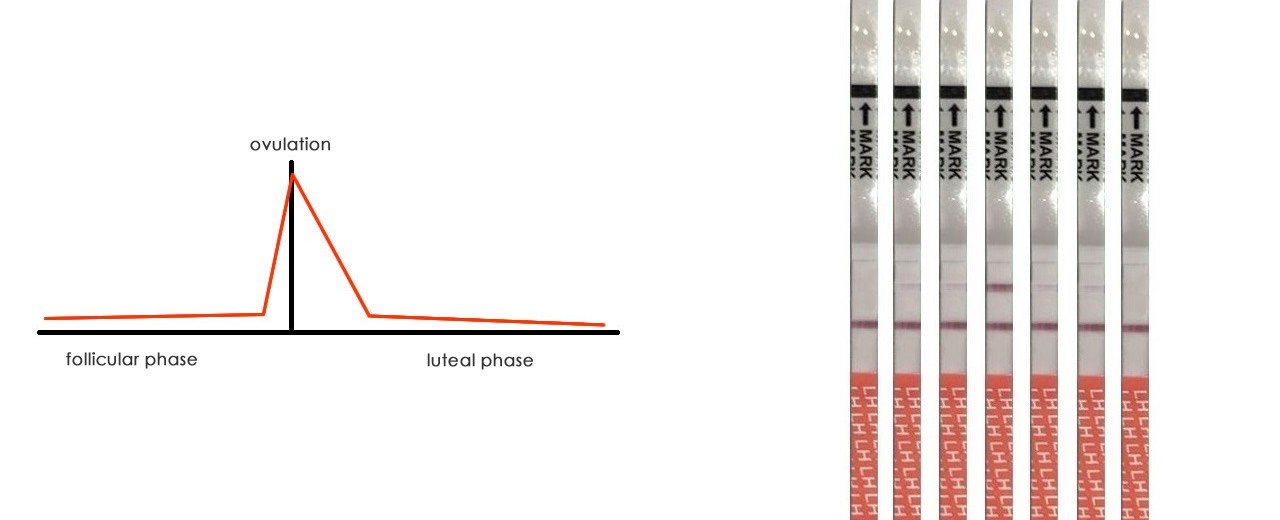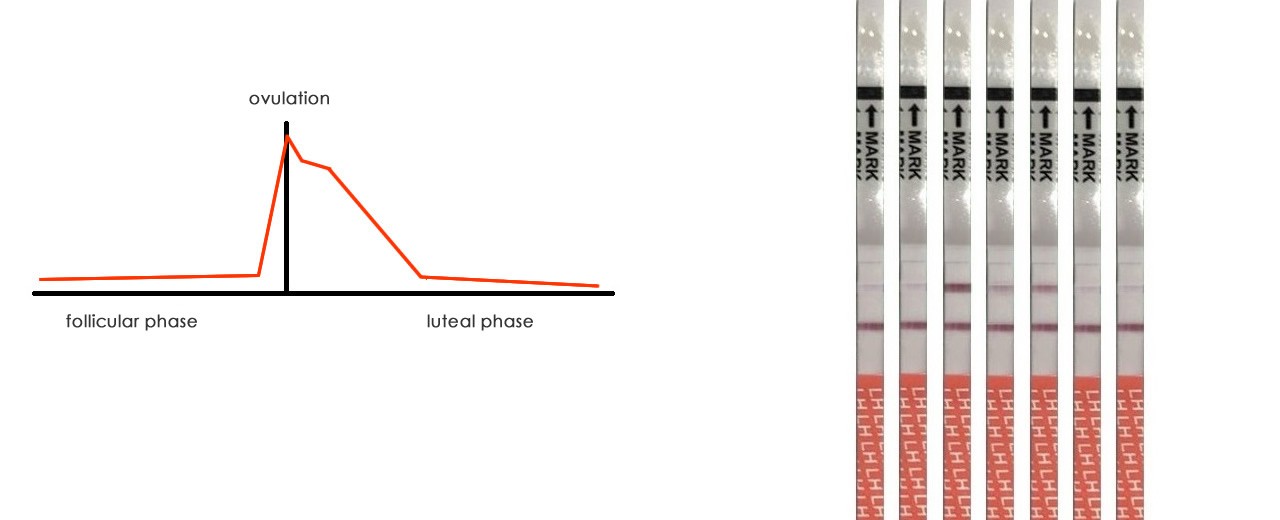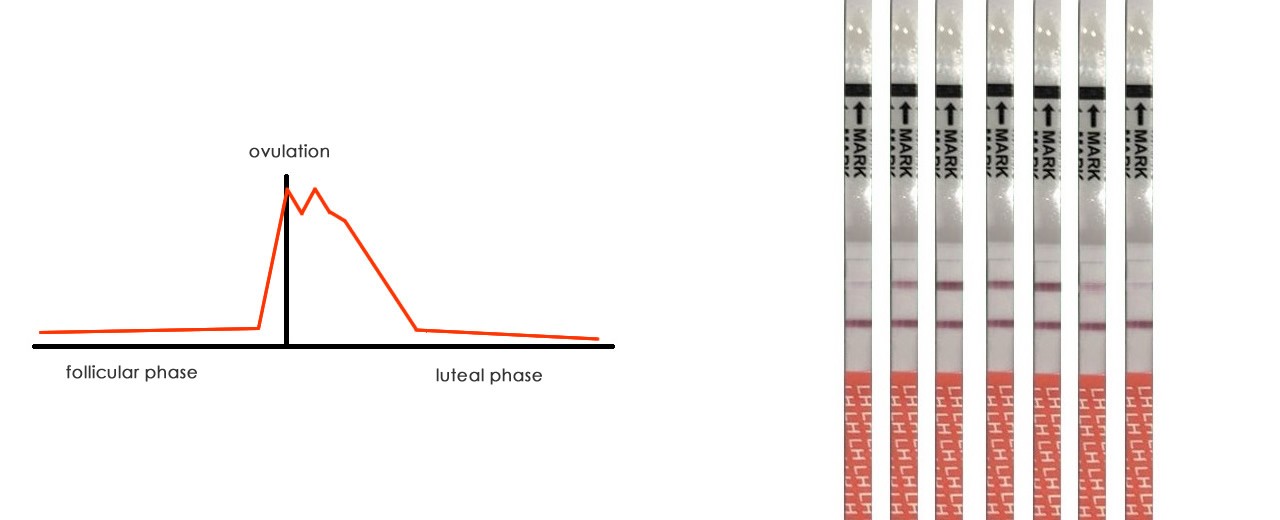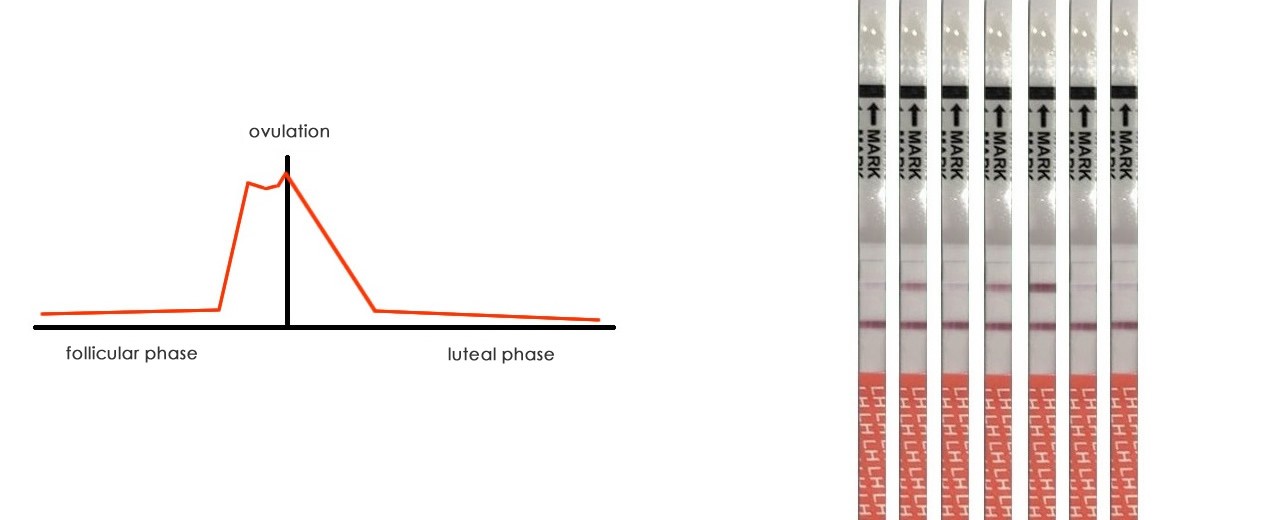How long does LH surge last for each woman?

How long does LH surge last for each woman?
If you are trying to become pregnant, you have probably started monitoring the levels of LH hormone in your urine. LH is the hormone that instructs the ovaries to release a mature egg. Shortly before ovulation, LH levels surge. How long does this LH surge last? This information is important, because in order to get the much desired pregnancy, you need to schedule your intimate contacts within your fertile window of the month.
How do you find the LH surge?
You can detect LH levels in your urine using our Ovulation Tests. The positive test result occurs when LH is at specific (high) levels in your urine. This means that in the next 24-48 hours your ovulation will take place. Usually, you start using ovulation tests a few days before the expected ovulation. Thus, you are certain that you will detect the LH surge, you will have intercourse on the right days and the chances of conceiving will be high. That's how ovulation tests work in regular cycles. In practice, it is not so simple for all women. When you use an ovulation test, you get a "snapshot" of LH levels at a certain time and it may be difficult for some women to have a complete picture of the whereabouts of their circle. You may have several days of positive ovulation tests. Does this mean that the LH surge lasts longer than normal? Or you may have one or more "almost positive" tests, but never a test line that looks exactly the same as the control line. Does this mean that your LH never surges? These questions are in many women’s minds, when they try to find their ovulation, but they can’t. This usually involves women with unstable cycles, polycystic ovaries syndrome etc.
The fact is that the duration of the LH surge is different for each woman.
You need to think about LH levels in your body as a curve in a chart, that changes throughout the cycle. In a typical cycle, LH starts at low levels, then increases rapidly and peaks for one day or two before ovulation, and then falls back right after ovulation. But as every woman does not have a 28-day cycle, their LH curve is not the same. Below you can see four examples of different LH curves, before and after ovulation.
Observe in the images below, the diversity of the LH surge. In some cases the surge is short, in other cases it lasts longer. Depending on the case, the use of the ovulation test is different. Some women are OK using one test daily, others need to use 2 or 3 a day to track the hormone surge. Whatever the case is for you, you should know that conception is feasible, provided that ovulation tests are used correctly, so that you don’t miss your positive ovulation test (the LH surge).
1. Normal LH surge
Using one test daily, the positive result occurs on one day only, with the previous and the next day giving negative results. No more than one ovulation test per day is needed. Usually this image is seen in women with normal cycles.

2. LH surge, drop and rise again
This image can be seen, when using one test daily. The day of the surge gives the positive result, the next day levels of the hormone seem to decrease, but the next day levels rise again (but they do not peak!). This image is usually seen in women with Polycystic Ovary Syndrome, in pre-menopausal women, or in women who have recently become pregnant. More than one ovulation test is needed per day.

3. LH surge with ups and downs
By using one test daily, this image may be seen. The previous day of the surge there is a big rise of the hormone, and on the next day the test is positive. On the third day in a row, the hormone is high again, while the next one again gives a positive result. This image is usually seen in women with Polycystic Ovary Syndrome, in pre-menopausal women, or in women who have recently become pregnant. More than one ovulation test per day is needed to give a clear picture of the hormone course.

4. Normal LH surge, which decreases slowly
Using one test daily, the positive result occurs only one day, with the previous day giving a negative result. But in the next two days, the hormone remains high until it drops completely. This phenomenon is normal and does not require more than one ovulation test per day.

5. LH ups and downs before peak
This image is usually seen in women with Polycystic Ovary Syndrome, in pre-menopausal women, or in women who have recently become pregnant. More than one ovulation test per day is needed to give a clear picture of the hormone course.

6. Effort of LH to peak, without success
This phenomenon is normal and concerns the month that the woman may not ovulate. It also occurs in women who have been in menopause.

Sources:
--------------------
See all of our blog posts, by clicking here.
0 comment(s)